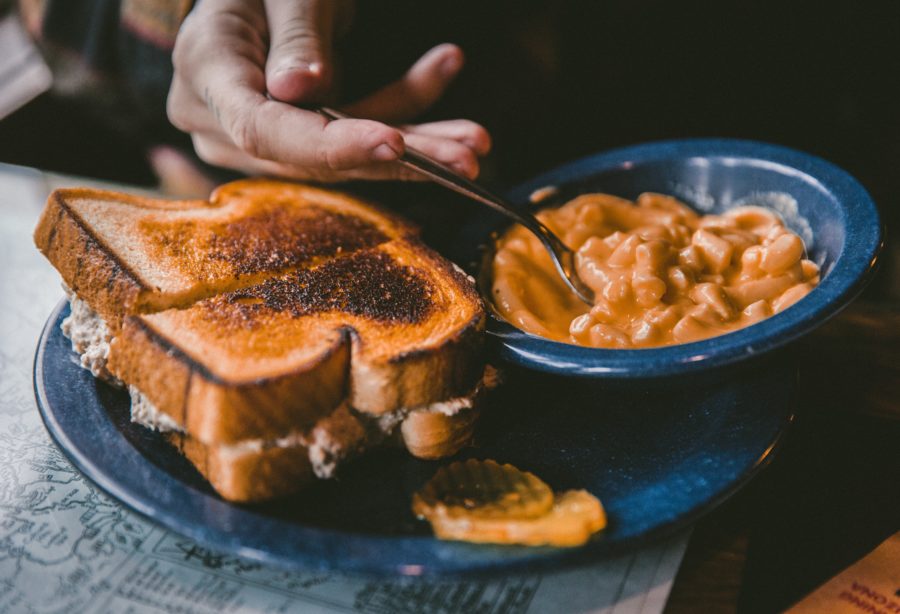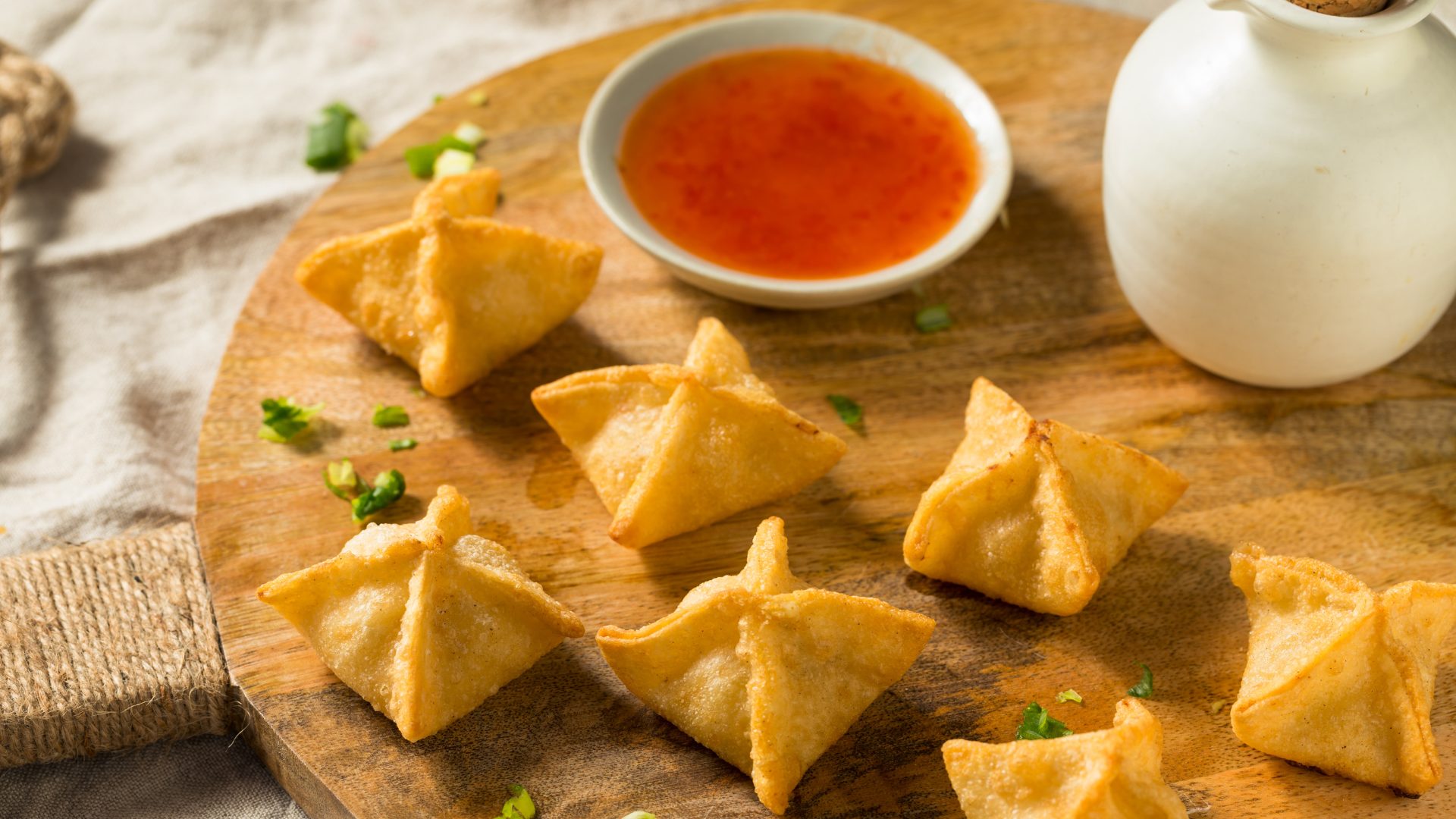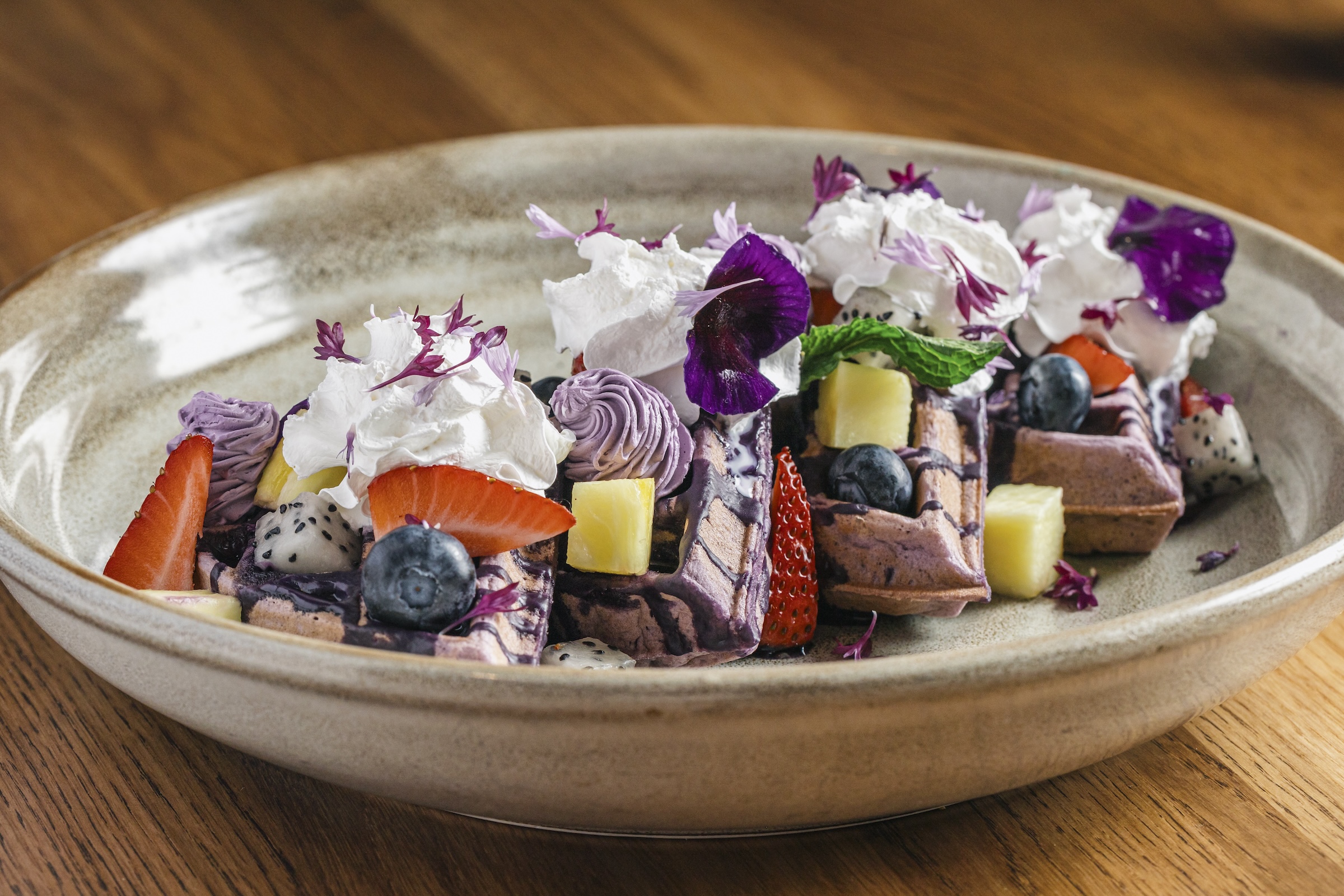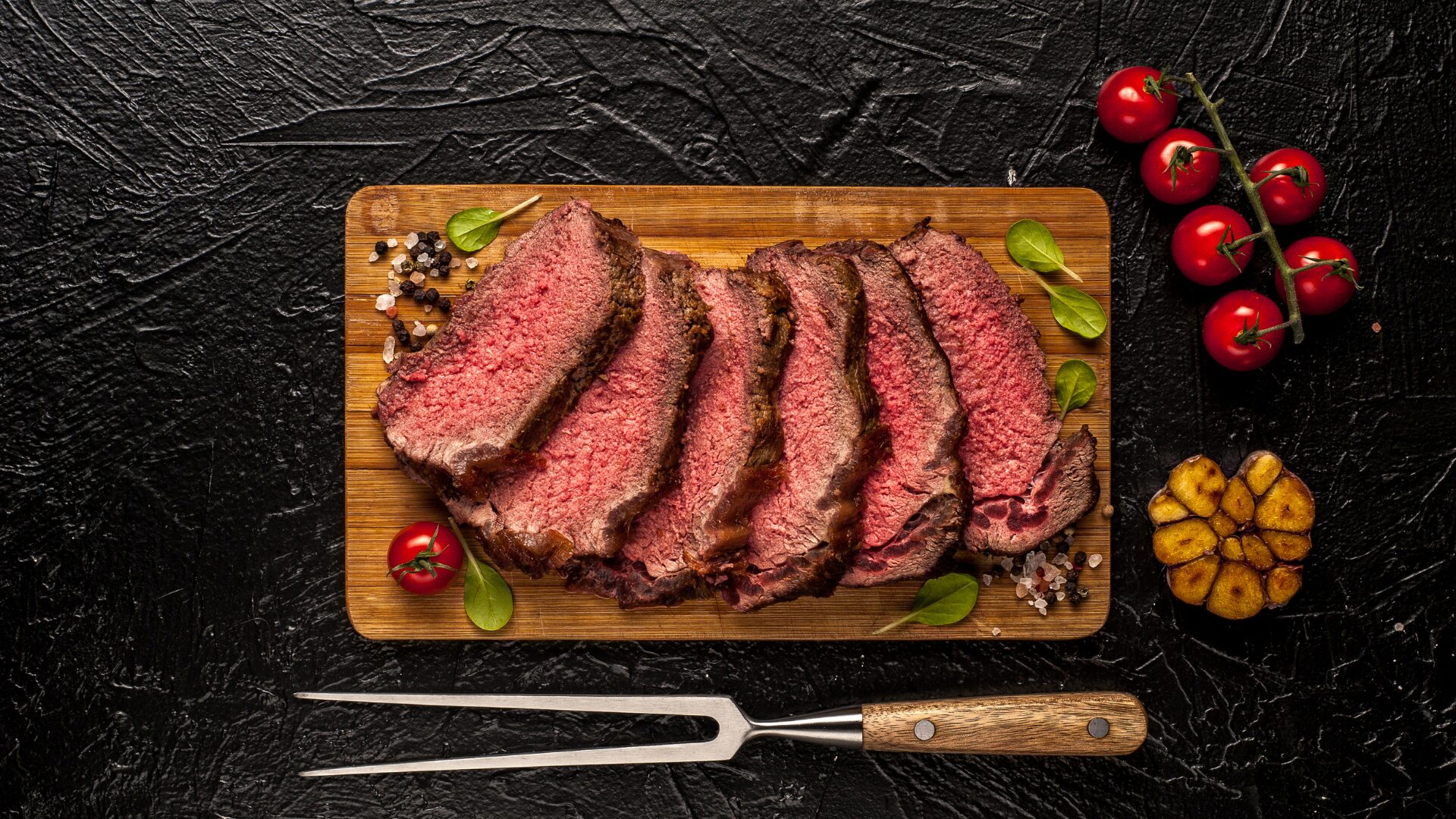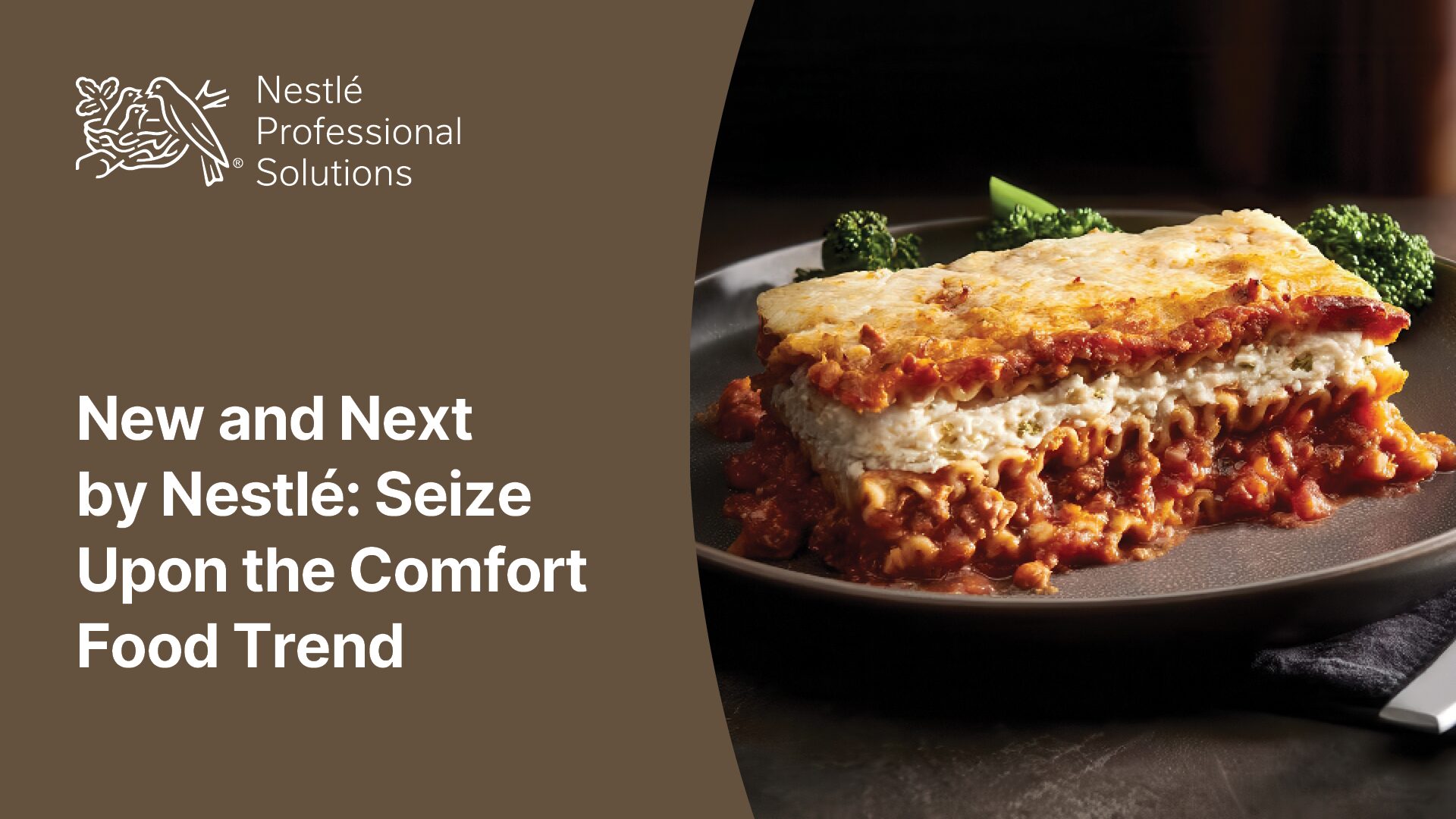Stress and uncertainty cause people to seek out comfort rather than challenge. And, with 2020 presenting so many challenges, it’s no wonder that the “comfort economy” is booming.
Trends in sectors ranging from technology to fashion to interior design reflect a nearly universal desire to prioritize comfort over factors such as style or performance — and food is no exception.
With many people stuck at home during the pandemic, families began to eat together again, spending more time preparing their own meals, or ordering take-out. As a result, many Americans rediscovered their love of comfort foods.
In a study conducted by One Poll and Farm Rich, 2 in 3 Americans reverted to consuming more comfort food since the start of the pandemic, and 69% of people say they’ll continue to enjoy the same amount of comfort food that they are now post-pandemic.
“Food is a common denominator in what gives us comfort during these stressful times…” says Ciera Womack, Farm Rich Senior Marketing Director.
STRESS-RELIEVERS
Comfort foods include familiar flavors, textures, or dishes that never go out of style and are perceived as classic or nostalgic. Generally enjoyed in larger portions, they tend to be high in calories, and often qualify as doughy, sweet, salty, or rich in umami flavor.
Spanning cuisines around the world, what grants these foods a comfort factor is the sense of physical or emotional security they bring to people, especially during uncertain and difficult times, like a pandemic.
The highest-rated comfort foods in the U.S. are pizza, mac ‘n’ cheese, fried chicken, burgers, pasta, Mexican food, ice cream, cookies, and chocolate, with pizza ranking first in most states, according to a Treadmill Reviews Study. Tied in second place are mac ‘n’ cheese among women and burgers among men.
Technomic reports 46% of restaurants having success with comfort foods.
BOWLING OVER CONSUMERS
One pre-pandemic trend — food bowls — has found a place in the comfort food comeback. Restaurant operators are catching on to the convenient, cozy, and casual nature of bowls to meet market trends. The aforementioned report from Technomic shows an increase of over 60% in Mexican bowls, over 21% in breakfast bowls, and 15% in smoothie bowls among menu listings.
Taste trends in desserts tend to be reminiscent of childhood. Marketing Insights director Soumya Nair reports that there’s a growing focus on nostalgic dessert-inspired flavors such as brownie, apple pie, fudge, churro, and s’mores making their way into beverages, yogurts, and baked goods.
Many of the lifestyle changes that took place in 2020 seem to be creating lasting trends like hybrid work, learning, and fitness, so it makes sense that food and beverage consumption habits and tastes will stick around also.


